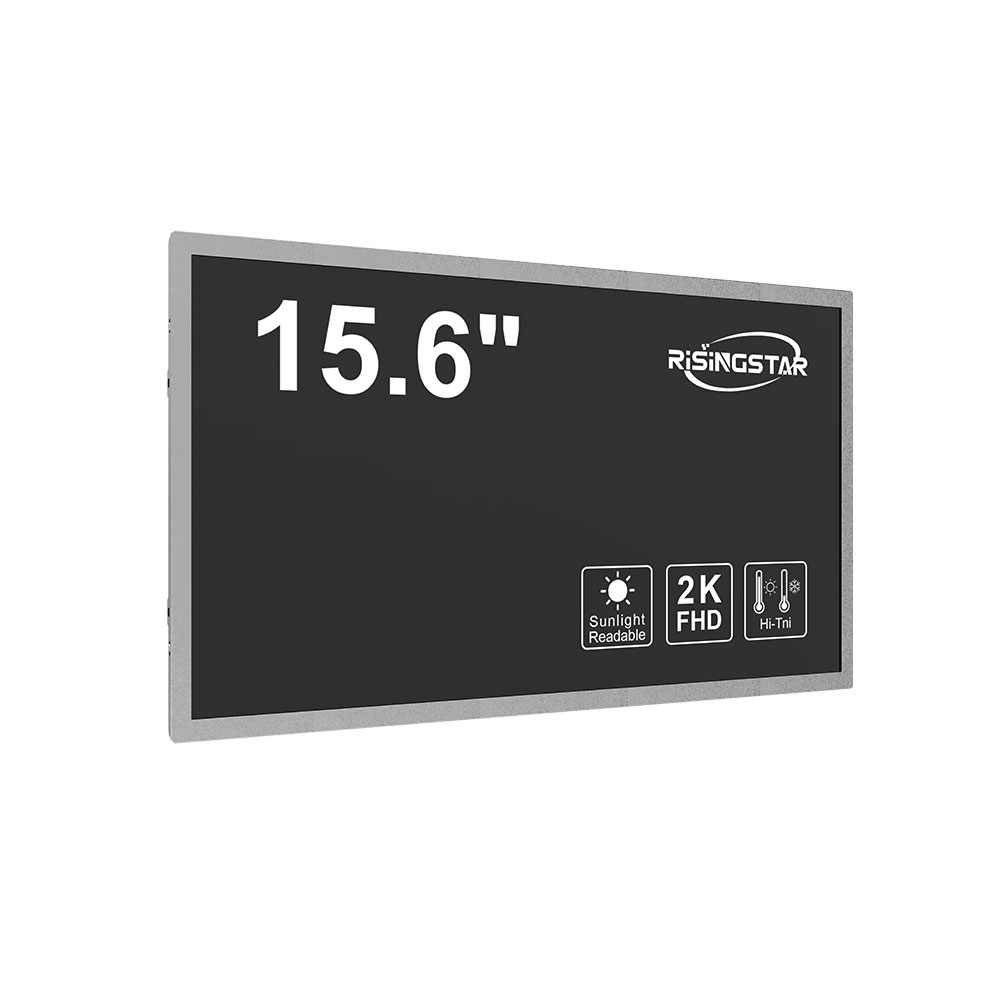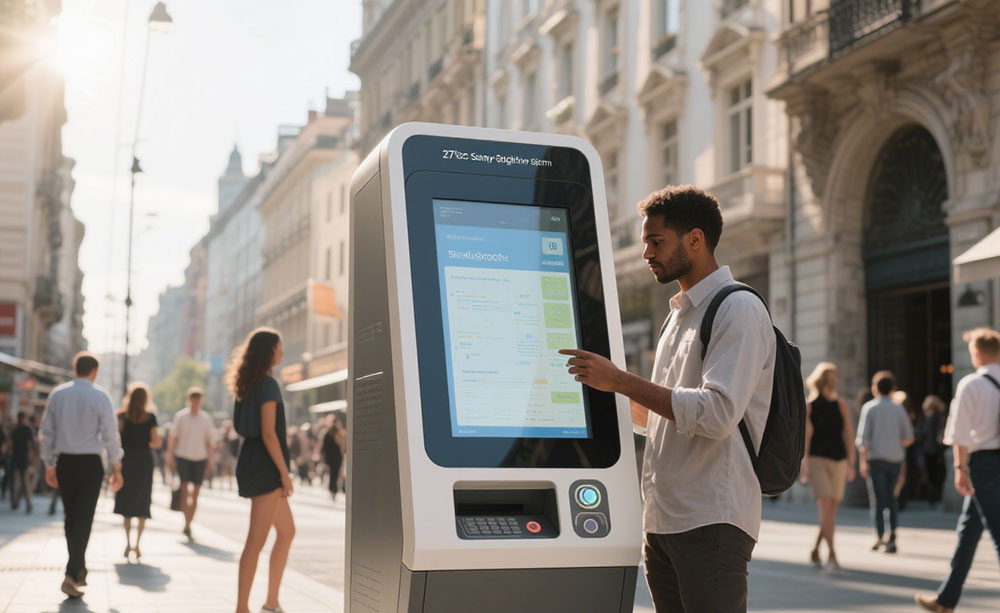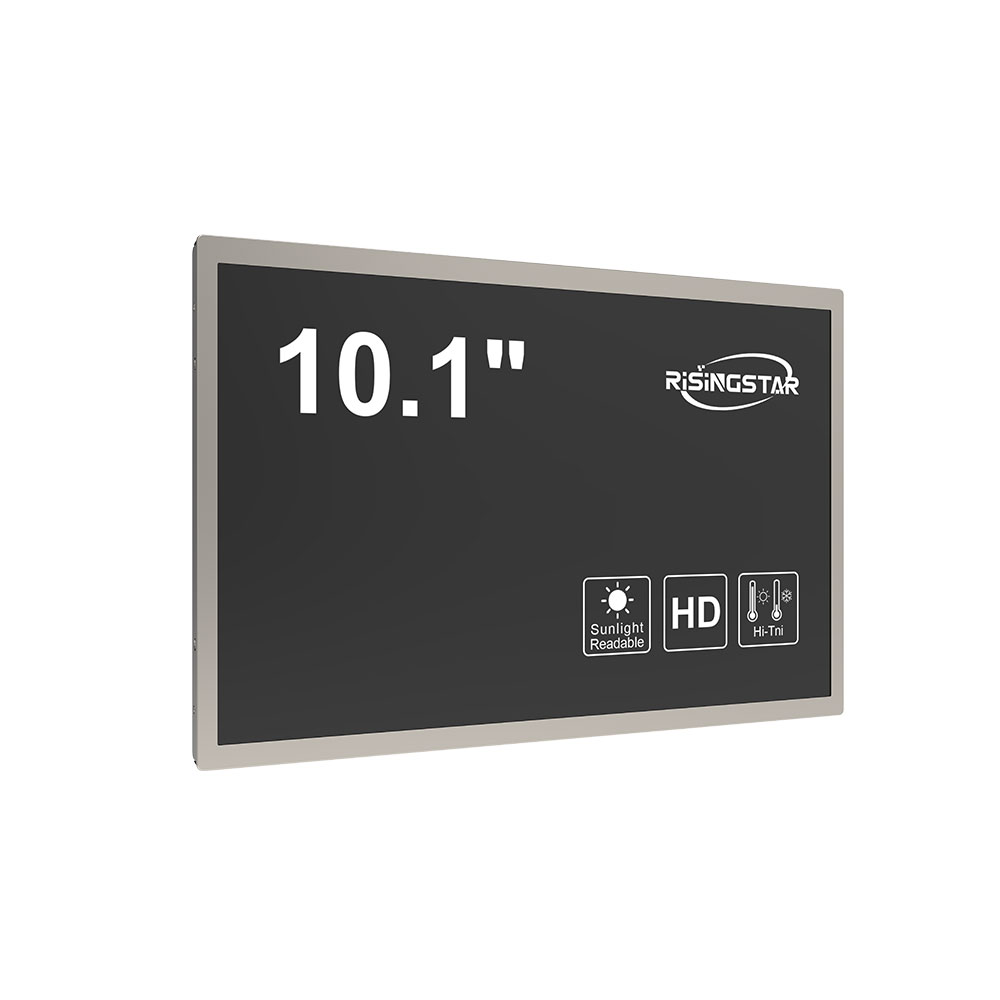When selecting an outdoor LCD screen for commercial, industrial, or public use, it's essential to prioritize both visibility under varying lighting conditions and long-term durability against environmental stressors. Unlike indoor displays, outdoor screens must perform reliably in direct sunlight, extreme temperatures, humidity, and even dust or rain exposure. Based on over a decade of field experience with global clients—from city-wide digital signage in Dubai to transit information systems in Norway—here are the critical technical parameters and real-world considerations that determine success.
First, brightness is non-negotiable. Most outdoor environments demand at least 5,000 nits of peak brightness to remain legible under direct sunlight. Industry standards like IEC 62305 (for lightning protection) and IP65/IP68 ratings for ingress protection should be mandatory. A screen rated IP65 can resist water jets and dust ingress, while IP68 ensures full submersion capability—a must for coastal or flood-prone installations.
Second, consider the panel technology. LED-backlit LCDs offer better contrast and power efficiency than older CCFL models, especially in high-temperature regions where thermal management is critical. For applications requiring ultra-high resolution such as advertising billboards or sports stadiums, microLED or OLED may be ideal—but these come at a premium cost and require careful thermal design.
Third, mechanical robustness matters. The frame material—typically aluminum or stainless steel—must withstand wind loads and vibrations. In locations like highway rest areas or airport terminals, mounting brackets should comply with ANSI/ASSE A10.33 for fall protection in elevated installations.

Finally, remote monitoring and maintenance features reduce total cost of ownership. Modern outdoor LCDs integrate SNMP protocols and cloud-based diagnostics, enabling proactive issue detection. For example, our team recently deployed a fleet of 200+ screens across 15 cities in Europe using IoT-enabled controllers that reduced service calls by 40%.

Choosing the right outdoor LCD isn’t just about specs—it’s about understanding your environment, budget, and uptime requirements. Always request live demo units from vendors and conduct real-world testing before large-scale deployment.








